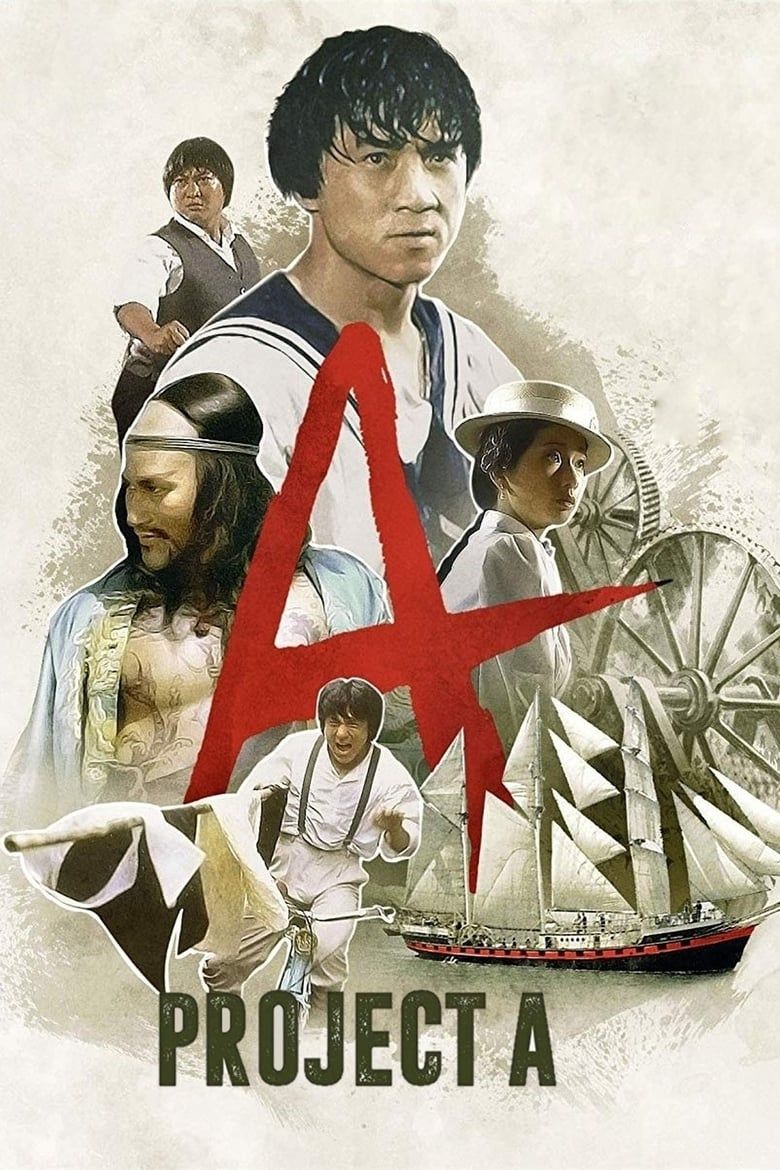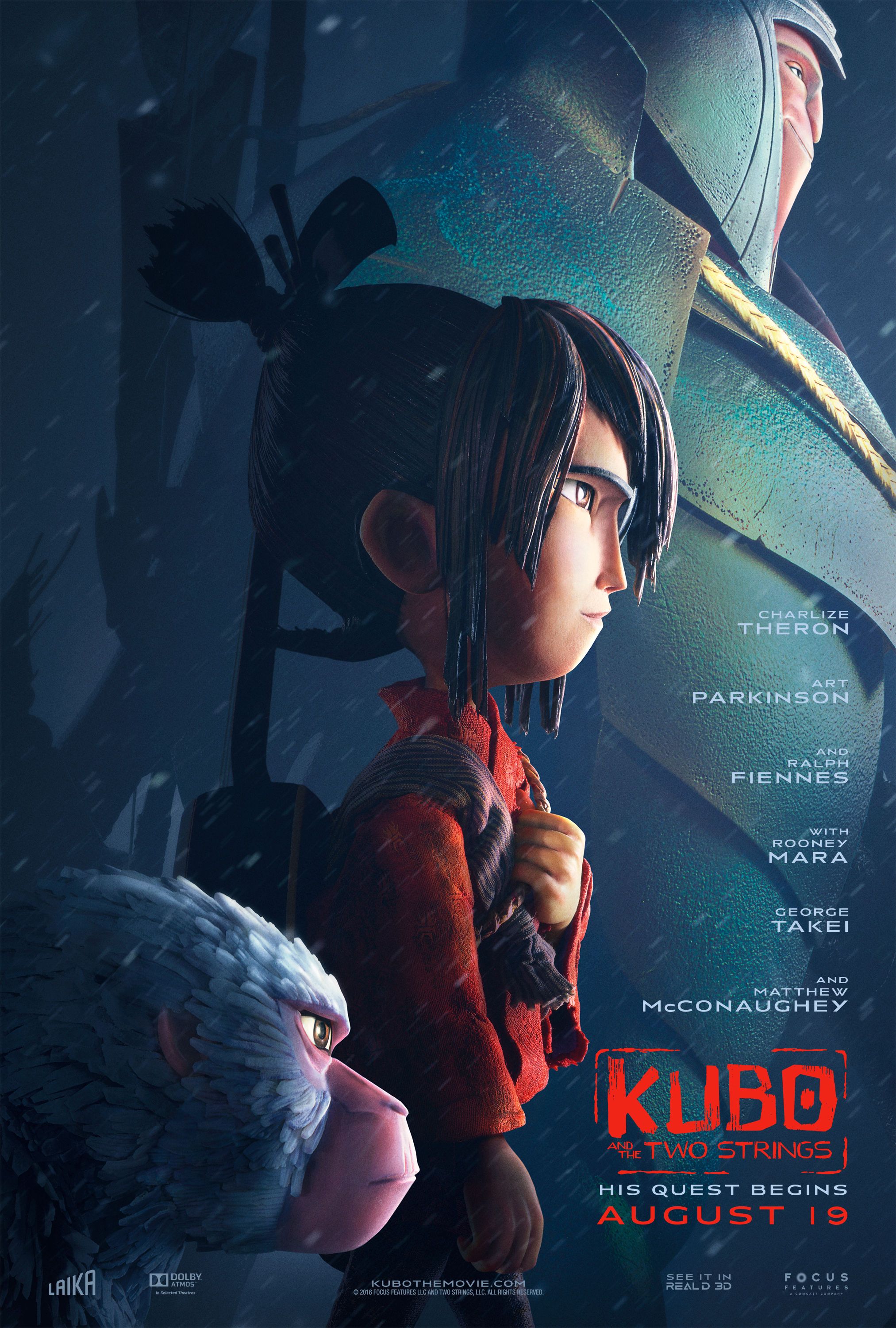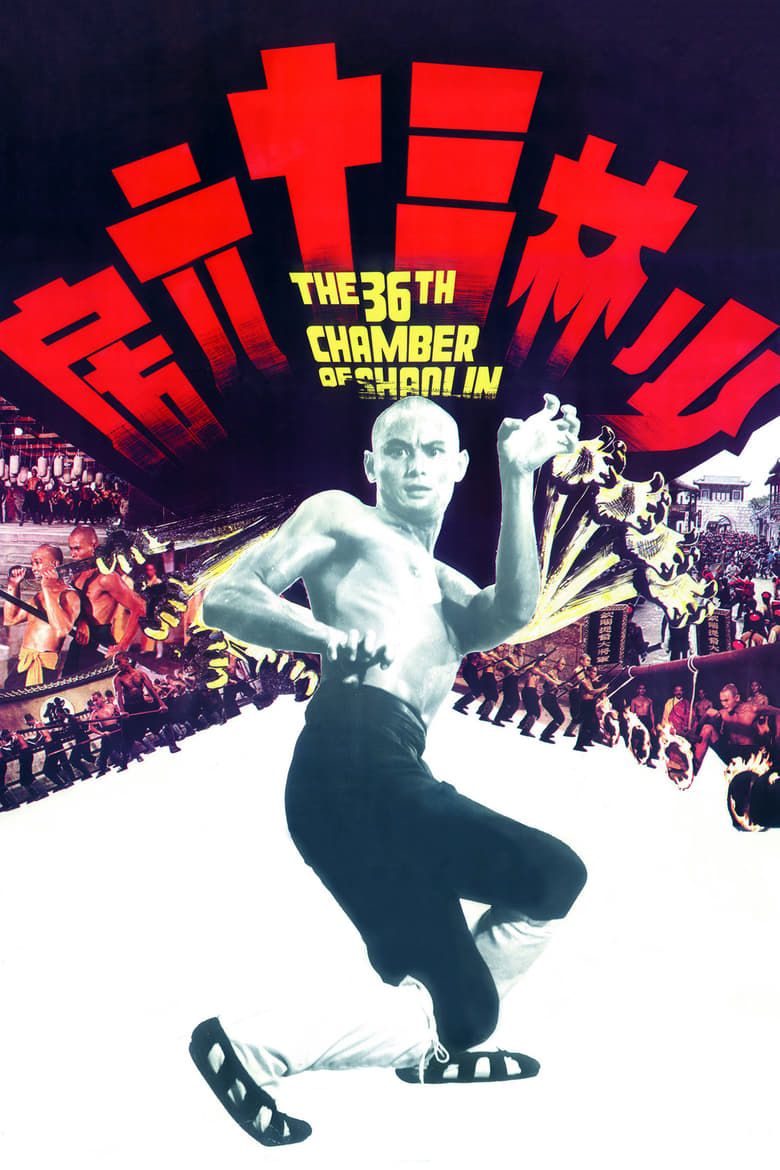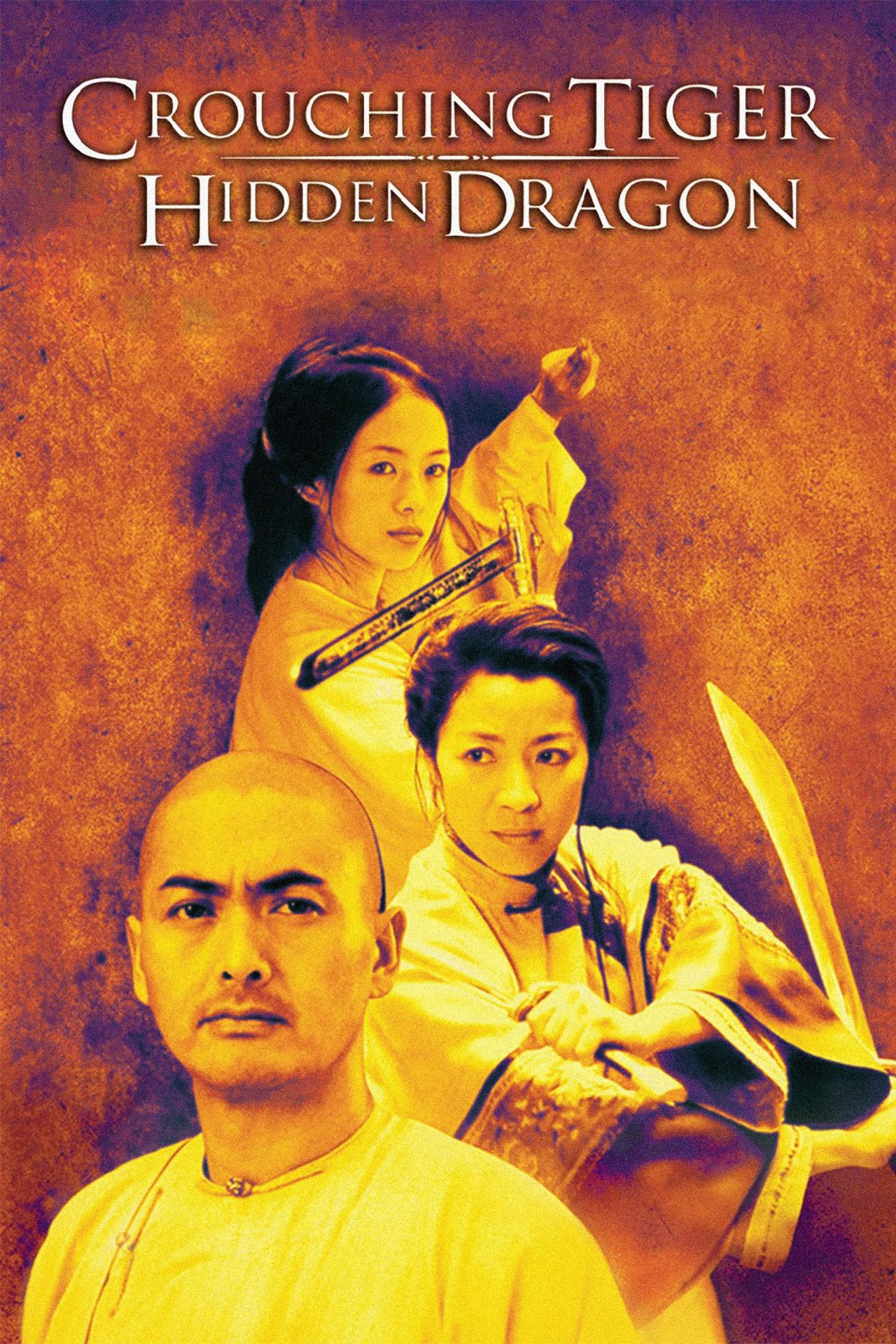The majority of the martial arts genre follows the same blueprint: a down-on-their-luck character stumbles from mishap to mishap before they come across kung fu, which teaches them discipline and skills to turn their life around. They may even win a martial arts tournament with no rules or avenge themselves against those who mistreated them. However, sometimes, the kung fu training becomes the protagonist’s means of defending themselves in their country or from attackers, breaking the standard formula of the genre.
These consistently used formulas don’t translate to a lack of excitement, as some of the greatest martial arts movies of the 2000s use them to deliver intense thrills. Many martial arts movies with great stories and excellent action use the blueprint. However, when the story takes the form of an epic quest, the action and the adventure work hand-in-hand to create a grand scale narrative. Whether they’re character-driven dramas or plot-driven stories featuring the fighting style, some of the best martial arts adventure movies break narrative conventions.
10 Ong-Bak (2003)
Directed By Prachya Pinkaew
Ong-Bak follows Tony Jaa’s character, Ting, as he leaves his small village for the city, hoping to track down the gang that desecrated the village’s Buddha statue and stole its head. Named after the state called Ong-Bak, the film is a thrilling adventure involving street-bike racing, competitive fighting, tuk-tuk chases, and a ton of Muay Thai. For fans of martial arts, it’s a must-watch, as it features some of Tony Jaa’s best stunts ever. The story is well fleshed out, too, with a few subplots that serve as catalysts for more action.
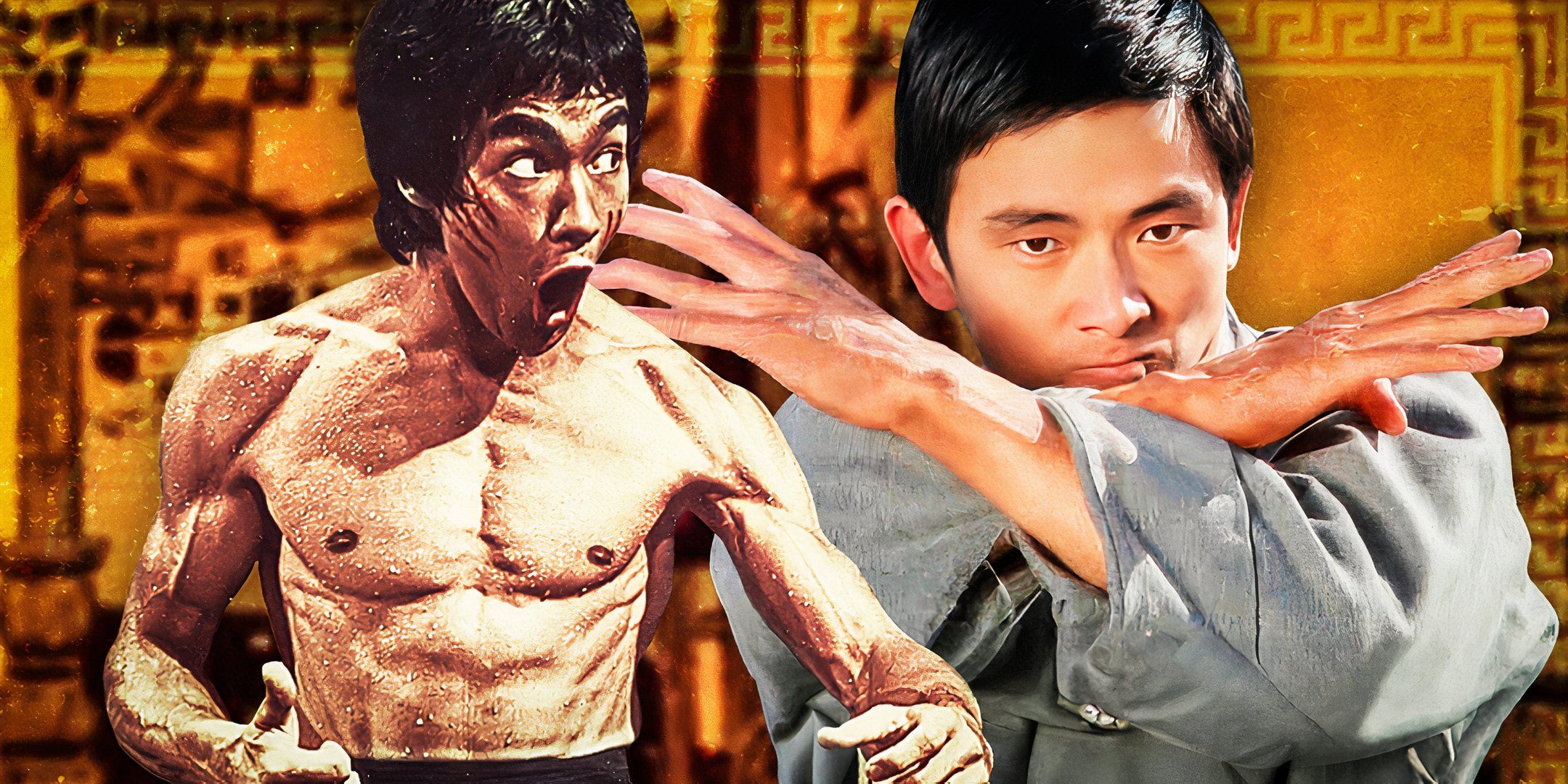
Related
10 Best Martial Arts Movie Performances Of The 1970s
From Bruce Lee to Jackie Chan, there were many martial arts movie performances from the 1970s that captivated audiences and popularized the genre.
Jaa’s physical prowess is on full display for the movie’s entire runtime; Ong-Bak feels like it was made to provide him with a stage on which he could showcase his skills. However, his characterization suffers considerably because of it. Although his character is taught not to fight unless absolutely necessary, he regularly chooses it as his only form of conflict resolution. The editing is mildly disappointing as well. While it’s entertaining to focus on Jaa’s stunt work, it begins to feel like a chore when every stunt is shown twice in slow motion.
9 Project A (1983)
Directed By Jackie Chan
A rare martial arts movie featuring sea pirates, Project A is one of Jackie Chan’s wackiest films. In true Chan fashion, there are multiple twists, as well as double- and triple-crossing agents. But what sets this project apart is its action sequences set on ships, where balance becomes an aspect Chan can play with while performing unbelievable stunts. However, the best stunt and action sequence in the film is a ridiculous bicycle chase that ends in a fall from 72 feet off the ground.
Chan plays a Hong Kong police sergeant who is forced to reckon with the corruption within the police department as he also tries to handle the pirate infestation in the city. While he performs his usual mix of comedy and martial arts, which sometimes overlap, Project A isn’t a traditional martial arts film. Instead, it is a plot-driven adventure through the streets of Hong Kong. Pirates are randomly thrown into the mix for thrills, in an arc that almost feels unnecessary. It distracts from the central plot of Project A at times, which is why this movie doesn’t rank higher.
8 Kubo And The Two Strings (2016)
Directed By Travis Knight
Nominated for the Academy Award for Best Animated Feature in 2017, Kubo and the Two Strings tells the story of Kubo, a one-eyed kid who can play his magical lute to tell stories using origami. He tells a tale about his samurai father in order to earn money for his ailing mother. He doesn’t know how his father’s life ended, but Kubo believes he’s deceased. Kubo eventually has to set out to find his father’s armor to fend off an evil spirit he summoned by mistake. He’s accompanied by a toy monkey that comes to life and a humanoid beetle samurai.
The epic journey to retrieve components of the samurai armor turns into a journey through the past for Kubo. The backstory reveals could have been better paced, but that’s only a minor complaint. Kubo and the Two Strings features innovative martial arts as the humanoid beetle samurai uses classic sword-fighting to protect Kubo, who, in his own turn, uses his father’s samurai armor to fight off evil spirits. But the main theme of Kubo and the Two Strings is memory — how its strength helps people find solace in the face of grief.
7 Hero (2002)
Directed By Zhang Yimou
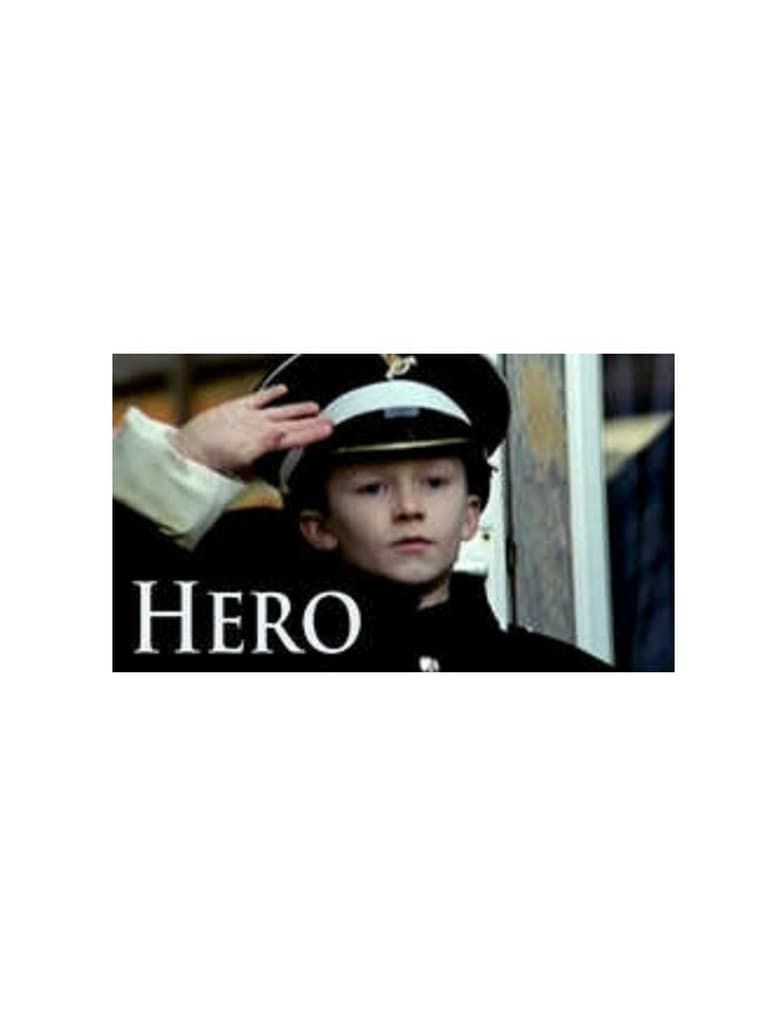
Hero, directed by Paul Whittington, is a moving short film released in 2001, focusing on a young soldier returning emotionally scarred from the Falklands War. The story is poignantly narrated through the perspective of his adoring younger brother, highlighting the war’s personal impact.
- Director
- Yimou Zhang
- Release Date
- October 24, 2002
- Writers
- Feng Li , Yimou Zhang , Bin Wang
- Cast
- Jet Li , Tony Leung Chiu Wai , Maggie Cheung , Ziyi Zhang , Daoming Chen , Donnie Yen
- Runtime
- 120 Minutes
Set during the warring periods in China in the second century BC, Hero is an epic melodrama about three assassins, the main character called Nameless, and the King of Qin. Unfolding in flashbacks, the film non-linearly offers two versions of the same story: one from Nameless’ perspective and the other from the king’s. Nameless claims he’s slayed every assassin who has made an attempt on the king’s life. However, the king doubts Nameless and offers what he believes is the truth.
While there are some intense duels in
Hero
, the film is mostly a beautifully shot poetic meditation on the theme of what makes a hero.
While there are some intense duels in Hero, the film is mostly a beautifully shot poetic meditation on the theme of what makes a hero. Unlike typical wuxia films, where sword-fighting is highly stylized, the duels in Hero are grounded, doing away with the unbelievable nature of standard wuxia fights. This renders the action poetic, contextualizing it by using the narrative themes that plague the minds of the duelists. The beautifully vibrant backdrop doesn’t reflect the moral grayness of the narrative, which creates a conflict between the visuals and the themes.
6 The Tale Of Zatoichi (1962)
Directed By Kenji Misumi
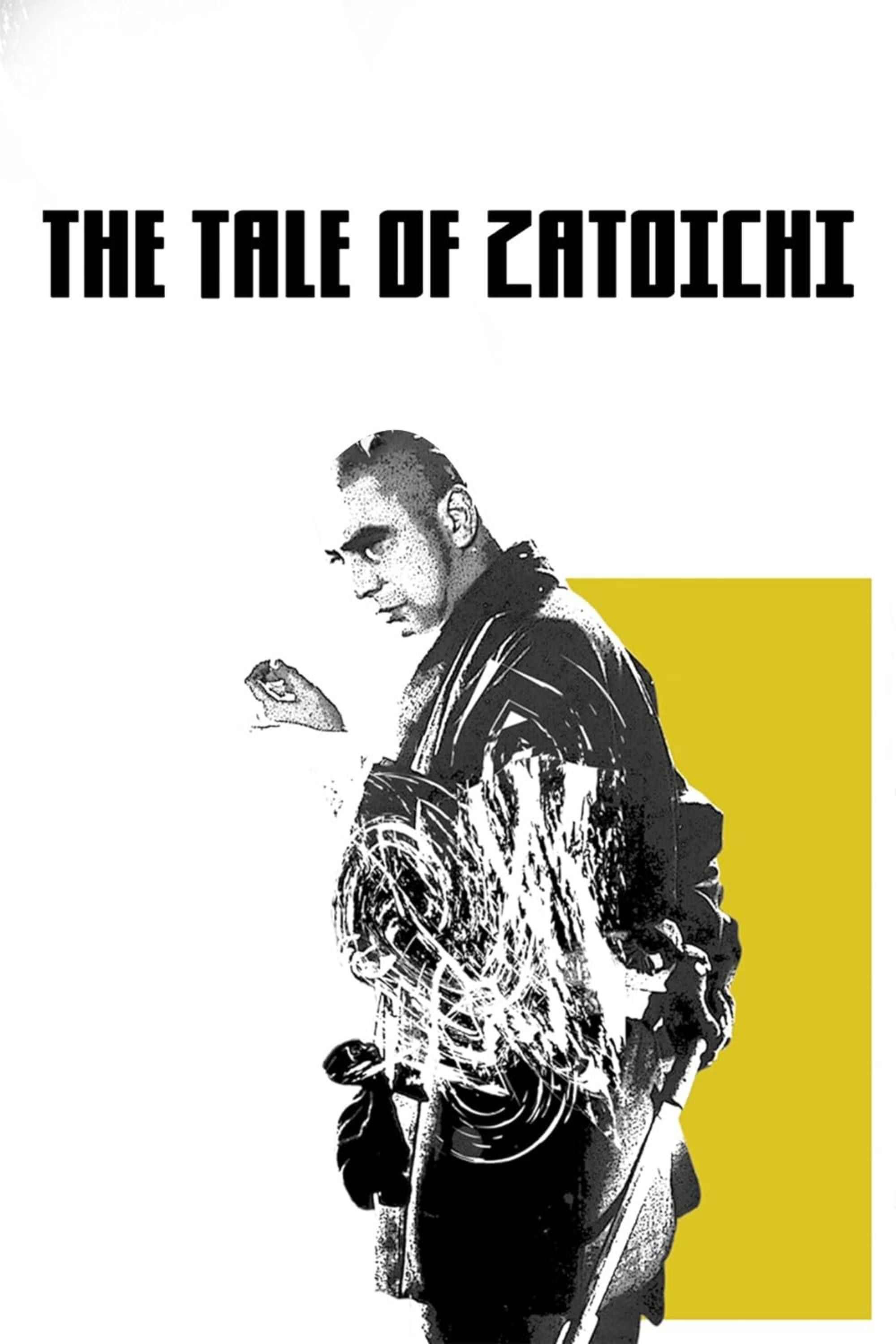
The Tale of Zatoichi is a 1962 Japanese jidaigeki film directed by Kenji Misumi. The film stars Shintaro Katsu as Zatoichi, a blind masseur who is also a master swordsman. He becomes entangled in a conflict between rival yakuza factions in a small Japanese town, demonstrating remarkable combat skills and deep ethical convictions.
- Director
- Kenji Misumi
- Release Date
- April 18, 1962
- Writers
- Minoru Inuzuka , Kan Shimozawa
- Cast
- Shintarô Katsu , Masayo Banri , Ryûzô Shimada , Hajime Mitamura , Shigeru Amachi , Michirô Minami , Eijirô Yanagi , Toshio Chiba
While there isn’t an epic quest, The Tale of Zatoichi meanders on its way to the conclusion, and thus, presents many subplots that aren’t centered on fighting. Zatoichi, or Ichi, is a blind masseur who is secretly a master of martial arts. However, he is sort of a social outcast because his position as a masseur is considered one of lower standing in feudal Japan, where The Tale of Zatoichi is set. Even so, Zatoichi gets involved in the local war between rival gangs because he’s a reputed swordsman.
Ichi’s daily life and how his dynamics with people evolve over time take up most of the runtime of Tale of Zatoichi. In fact, the film is much more a drama than an action flick. It still feels like an adventure because Zatoichi’s exchanges with people — including the romance subplot and his befriending an enemy — all come together to form an exploration arc for Ichi, who is by nature a wanderer. Ichi’s story isn’t one of adrenaline-fueled fighting, which builds anticipation for the fights. Of course, it also draws some attention away from Ichi’s superior martial arts skills.
5 The 36th Chamber Of Shaolin (1978)
Directed By Lau Kar-leung
An adventure through various chambers, each representing a different facet of the training in kung fu, The 36th Chamber of Shaolin stands out in comparison to other martial arts films because it’s almost entirely a training arc. The story follows a young boy who gets involved in a local rebellion against his local government, only to find his friends and family members killed and his school liquidated. He attempts to avenge his friends but is unsuccessful. Wounded while escaping, he seeks refuge at a temple, where the monks let him stay out of mercy.
Most of the film revolves around the boy’s training. The 36th Chamber of Shaolin, one of the greatest martial arts movies about Shaolin monks, also tackles the gatekeeping of knowledge, as one of the boy’s motivations is to train laypeople. It’s interesting that the film could’ve had a formulaic revenge arc but is instead an adventure in martial arts. This puts it in the top half of the subgenre’s best films, though it might feel anticlimactic if viewers are waiting for a final showdown.
4 Kill Bill Vol. 1 (2003) And Vol. 2(2004)
Directed By Quentin Tarantino
While they were released as separate feature films, Kill Bill Vol. 1 and Vol. 2 are basically just a really long movie that had to be halved due to runtime concerns. They tell the story of a woman who used to be an assassin and was shot on the day of her wedding rehearsal, while pregnant, after she decided to quit assassination and settle down. Miraculously, she survived. And many years later, she wakes up from a coma. She goes on a journey to procure a weapon and then sets out to avenge her unborn child.
While the overarching plot is about revenge, the films cover so much space and such a long journey for the protagonist that the story becomes one of adventure too.
While the overarching plot is about revenge, the films cover so much space and such a long journey for the protagonist that the story becomes one of adventure too. Kill Bill duology was inspired by many martial arts movies, and it shows in the elaborate set pieces. A bloodbath like any Tarantino movie, the Kill Bill duology doesn’t focus enough on the adventure. It’s still among the best of the subgenre, but this shortcoming places several movies above it.
3 Crouching Tiger, Hidden Dragon (2000)
Directed By Ang Lee
Equal parts action movie and melodrama, Crouching Tiger, Hidden Dragon is arguably Michelle Yeoh’s greatest movie. An elaborate story about a powerful sword that everyone wants to possess, Crouching Tiger, Hidden Dragon is a feminist take on the wuxia genre. Most of the main characters in the film are female, and it explores how they’ve each sacrificed something of personal importance for tradition. Their arcs within the film involve either reconciling with said sacrifice or taking a stand against the system that necessitates such sacrifice.
Most of the stunts in Crouching Tiger, Hidden Dragon are performed by the actors themselves, and the only CGI used in the film is to edit out the wires that held them up. With stunning cinematography and a thrilling original soundtrack, Crouching Tiger, Hidden Dragon is a treat for the senses, as well as the heart. It trudges through action sequence after action sequence, taking breaks to discuss the conflict between love and duty, especially in the context of honor. These heartfelt moments land it among the greatest martial arts adventure movies, though there are two even more powerful.
2 The Hidden Fortress (1958)
Directed By Akira Kurosawa
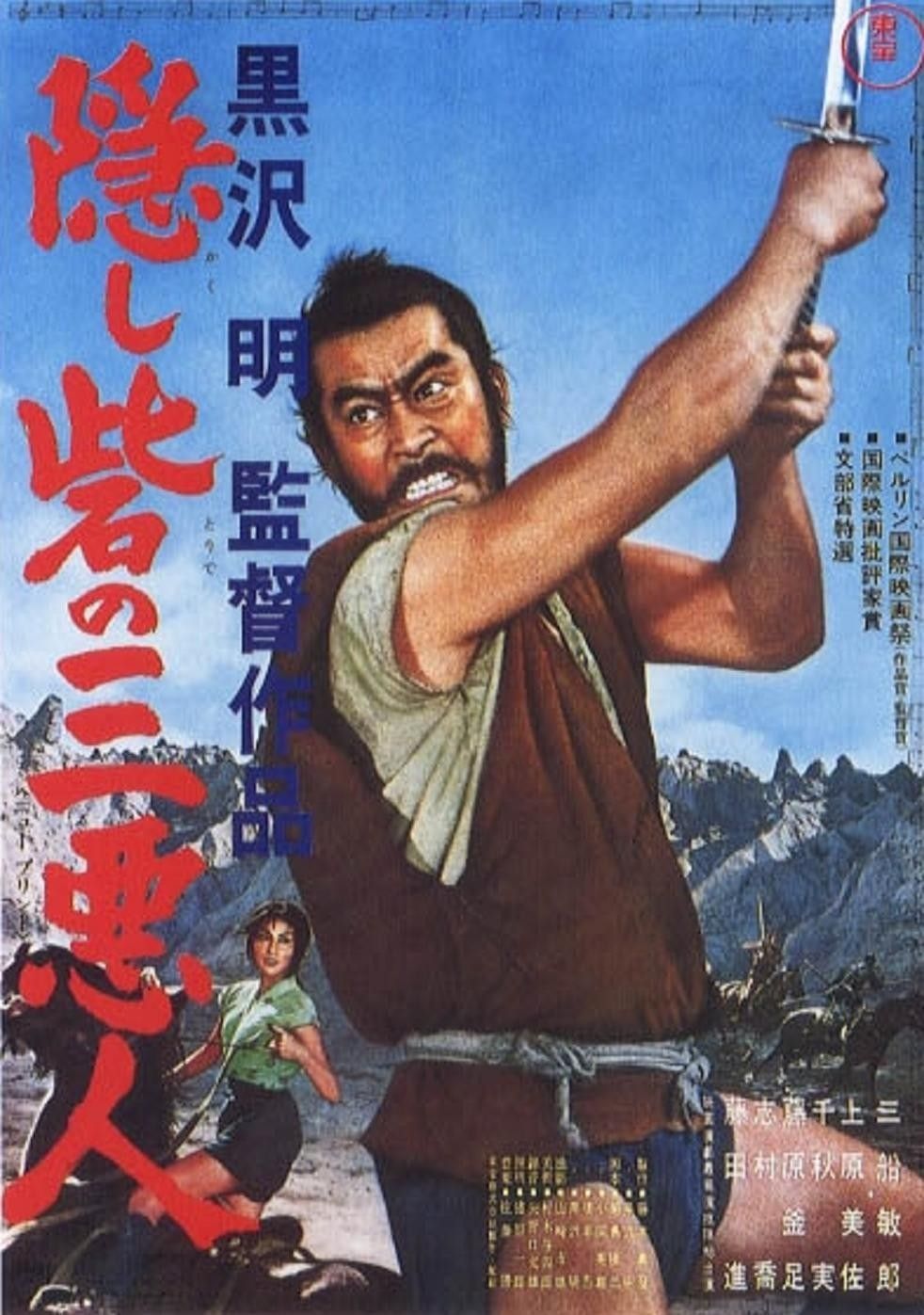
The Hidden Fortress is a 1958 Japanese adventure film directed by Akira Kurosawa. Set during Japan’s feudal era, it follows two hapless peasants who assist a defeated general in escorting a princess across enemy lines. Starring Toshiro Mifune and Misa Uehara, the film is noted for its dynamic action scenes and influential storytelling techniques.
- Director
- Akira Kurosawa
- Release Date
- October 6, 1960
- Writers
- Ryûzô Kikushima , Hideo Oguni , Shinobu Hashimoto , Akira Kurosawa
- Cast
- Toshiro Mifune , Minoru Chiaki , Kamatari Fujiwara , Susumu Fujita , Takashi Shimura , Misa Uehara , Eiko Miyoshi , Toshiko Higuchi
- Runtime
- 126 Minutes
George Lucas says Akira Kurosawa’s The Hidden Fortress inspired Star Wars: A New Hope, which speaks to how iconic it is. A relatively lighthearted film by Kurosawa’s standards, The Hidden Fortress is an adventure story about two brothers who try to make a fortune. However, they get unwittingly embroiled in a samurai general’s plan to expose her daughter to all the perspectives of human life as they cross through enemy territory on their way home. Toshirō Mifune as the general has some splendid fight scenes, but martial arts aren’t the focus of the film.
From grave-digging to faking identities to participating in a fire ritual, the two brothers go through all sorts of experiences over the course of the film, which explores how human beings are affected by their environment. While Kurosawa’s usual approach to thematic storytelling involves subtlety only in dialogue, but never in symbolism, The Hidden Fortress only subtly hints at the character progression of the general’s daughter and the two brothers. Their arcs are a masterclass in storytelling, and they elevate The Hidden Fortress to become one of the best of the subgenre.
1 Everything Everywhere All At Once (2022)
Directed By Daniel Kwan & Daniel Scheinert
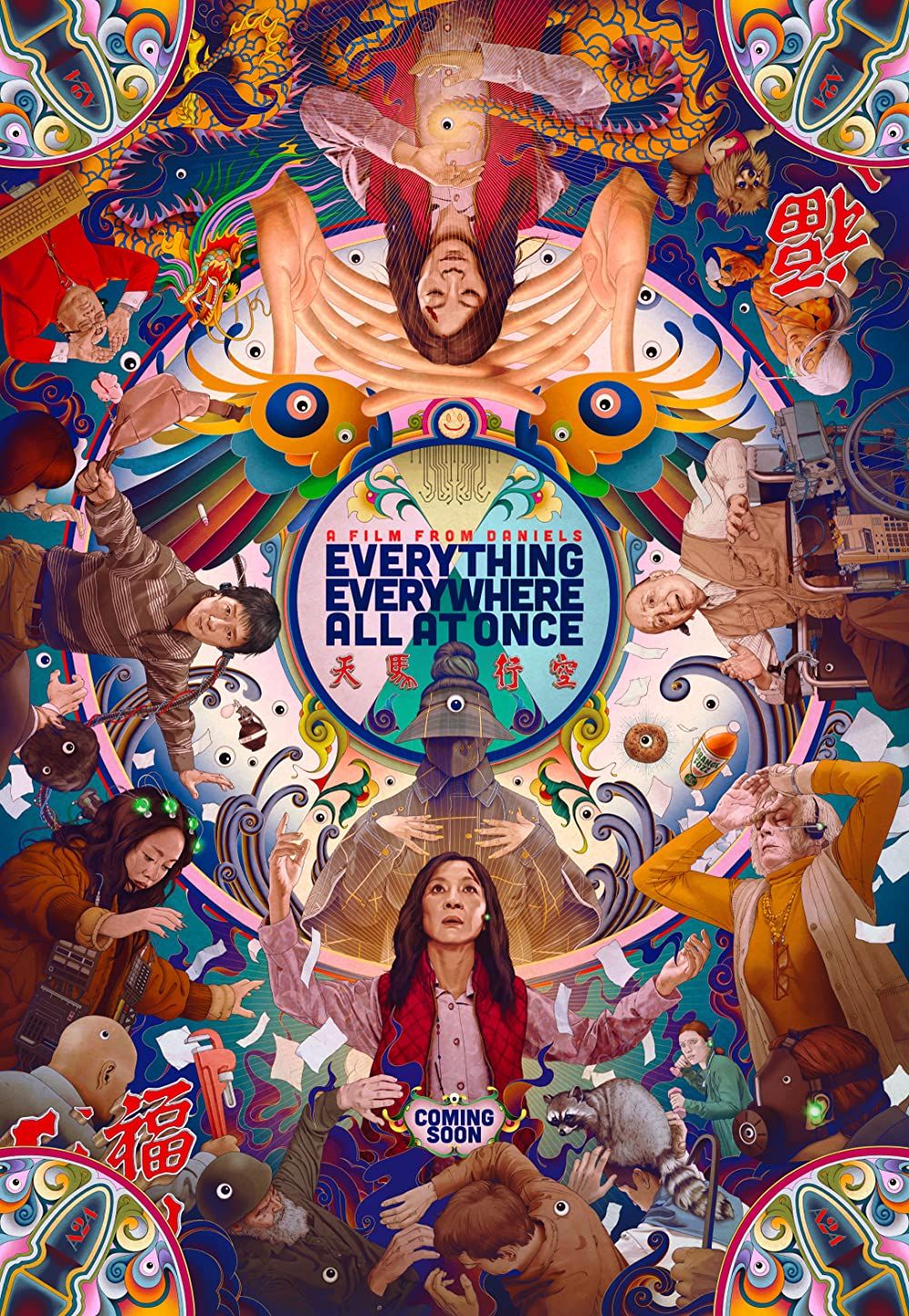
In Everything Everywhere All at Once, a middle-aged laundromat owner (Michelle Yeoh) is distracted from her financial and family issues by a multiversal crisis. With just her husband (Ke Huy Quan) to support her through the confusion, she must contend with her overbearing traditional father (James Hong), a pencil-pushing auditor (Jamie Lee Curtis), and her emotionally-distant daughter (Stephanie Hsu).
- Director
- Daniel Kwan , Daniel Scheinert
- Release Date
- March 25, 2022
- Writers
- Daniel Scheinert , Daniel Kwan
- Runtime
- 132 minutes
A unique film by the Daniels that won as many as seven Academy Awards, Everything Everywhere All at Once is an epic story about a woman who unexpectedly gets connected to different parallel universes and can access their lives. Everything Everywhere All At Once‘s real meaning is a deeply philosophical take on what it means to find satisfaction in life. Exploring generational trauma, queer trauma, personal dissatisfaction from unrealized dreams, and loss of love, the film barely employs martial arts as a fighting tactic.
The grand scale and the absurdity of Everything Everywhere All at Once define the protagonist’s adventure through parallel universes as she looks for ways to subdue the woman who threatens to destroy all of them. The journey becomes an emotional one, confronting her with the idea of her perfect life, and making her reassess her decisions. Existential in every sense of the word, Everything Everywhere All at Once is a masterpiece in action filmmaking as it uses emotional narratives to define the nature of action in every sequence. It’s the best of the martial arts adventure category.



